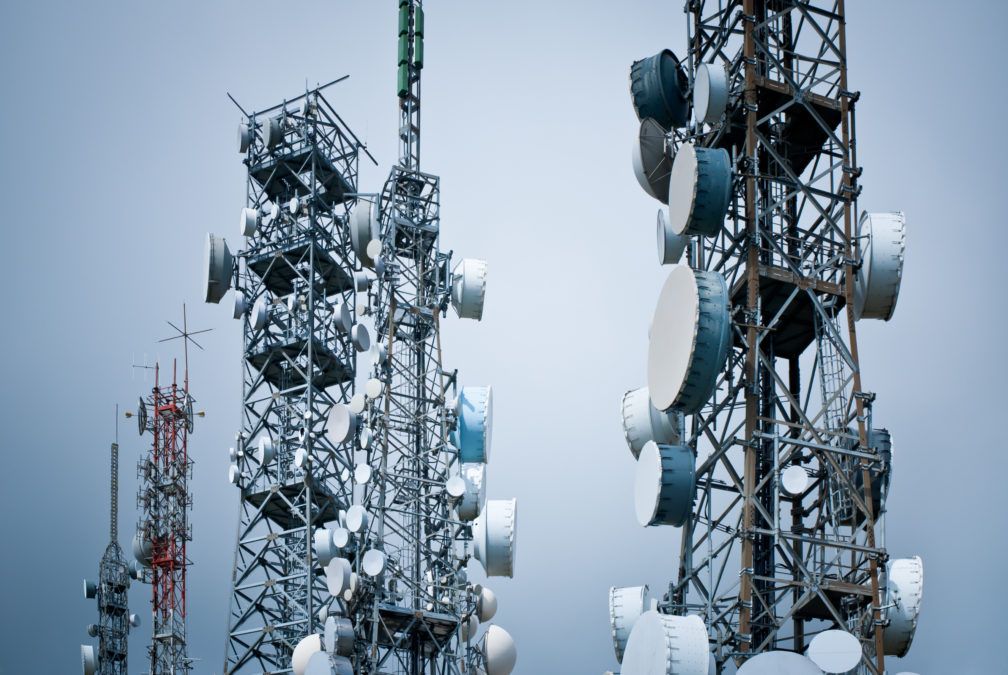Communications minister Ed Vaizey has official opened a new centre at Glasgow’s University of Strathclyde to research so-called ‘white space’ telecommunications.
White space is the term used to describe low frequency bands of the radio spectrum that have previously not been used for fear that they would interfere with analog TV broadcasts. Those broadcasts are being switched off this year, however, freeing up unlicensed radio frequencies for other uses.
The new centre will "engage with industry and government to develop and apply leading-edge dynamic spectrum technology to tap into unused white space spectrum capacity".
Backed by the Scottish Funding Council, the new centre will work with partners including Microsoft, BT and the BBC to investigate potential white space applications.
Interesting Links
One potential application is to use the spectrum for long range wireless Internet connectivity in rural areas. The university pointed to trial project on the Isle of Bute in April 2011, which demonstrated the viability of white space for rural broadband.
The university said it expects "significant progress" will be made in creating public access to white space radio spectrum in the near future, with opportunities to arise in Europe, the America and Africa over the next few years.
Speaking to Information Age in September 2011, James Collier, chief technology officer at Neul, said white space frequencies may also prove key to powering machine-to-machine (M2M) communications devices used for linking tags and sensors.
"This space can’t be used for TV broadcasts because it would interfere with other transmissions, but it can be used by lower power devices,” he said. "We believe this is the answer to the machine-to-machine conundrum, as it is cheap, unlicensed, and every country in the world uses a similar frequency for TV broadcasts.”










